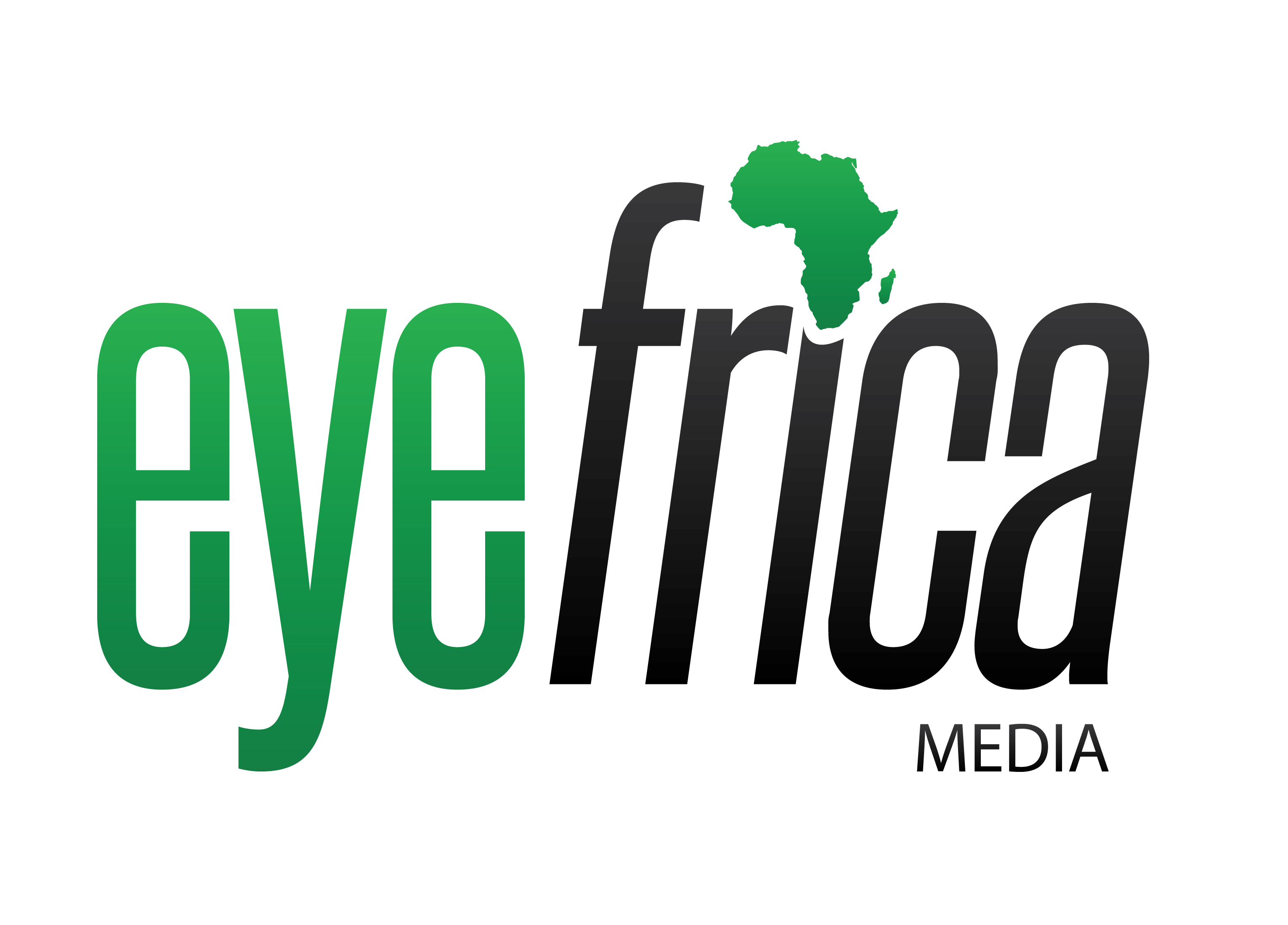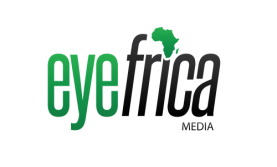Pediatric cataract is an alarming problem all over the world in need of intervention and management, especially in developing countries. Pediatric cataract is responsible for 5% to 20% of blindness in children worldwide and even a higher percentage of childhood visual impairment in developing countries. The prevalence of pediatric cataract varies from 1.2 to 6.0 cases per 10,000 infants worldwide.
Nigeria has a total population of over 200 million; however, its childhood population at 75 million is largely underserved in terms of eye care services of which 75,000 kids are blind due to pediatric cataract and other causes.
Pediatric cataract is the primary cause of preventable childhood blindness and severe visual impairment in Nigeria. It remains a very tremendous challenge in most developing countries and often places a huge social burden on the family and society with resultant economic loss and human morbidity.

Pediatric cataract is the clouding of the eye’s natural lens, which is normally clear or transparent. Light normally enters the eye through the natural lens and is projected to the retina, which senses the light and transmits it to the brain. Cataract prevents light from reaching the retina and can cause light to scatter as they pass through the cloudiness.
Children ‘eyes are still developing until they are 8 years to 10 years old. Even at that stage of their life, their brain is still developing. The presence of a cataract in the ocular media causes visual deprivation, which can later lead to visual impairment or childhood blindness when not treated promptly.
Managing cataract in children remains a challenge because treatment is mostly strenuous since children’s eyes present in a different way. Vision is usually restored after uncomplicated cataract surgery though cataract management in children is a very demanding task to visual rehabilitation.
Cataract surgery may need to be performed as soon as possible in children with cataract to ensure that vision is clear enough to allow normal development of the child visual system. In adults, surgery may be delayed for years without affecting the visual outcome but in infants, the cataract if not treated during the first year of life, vision may never be regained even after surgery.
THE CHALLENGES IN TREATMENT AND MANAGEMENT OF CHILDREN WITH CATARACT
In developing part of the world, poverty and cultural beliefs have been known to play a major role in parental awareness and knowledge of children’ eyes diseases. In Nigeria, Feyisetan et al (1997) reported that four reasons affect mother’s management of childhood diseases, lack of accurate information about the causes of some childhood diseases, spiritual belief in the afterlife and reliance on treatment from traditional healers and religious institutions irrespective of the nature of the illness.
A lot of respect is mostly accorded to the advice given by elders in our African society. For this reason, most parents tend to treat their children based on the counsel of a grandparent. This means that in cases of pediatric cataract, often eye doctors were the last to be approached, after traditional healers and general physicians were consulted.
It is usually a huge challenge for parents to accept the fact that their child needs to be operated on the affected eye. Majority of them do not accept a referral for cataract surgery even if the surgery was to be performed free of charge on the judgement that the child was too young to be operated on.
In some rural communities, children are still delivered outside the hospital setting, health centers, maternity homes and some at home by traditional birth attendants where there is no trained pediatricians, optometrists or ophthalmologists to help detect the eye condition.
Due to the economic situation in Nigeria, programs of detection and management of childhood blindness at all levels are not in place. Nigeria does not have enough optometrists and pediatric ophthalmologists to periodically perform a comprehensive eye examination in most school settings. Therefore the duty of detecting the condition depends on the parents and how informed they are and the early precautions taken to provide the child with good eye care.
Other factors affecting treatment outcome of children with cataract include the quality of the surgery as well as appropriate management of complications occasioned by long-term follow up.
With over 200 million persons, Nigeria only presents about 3000 registered optometrists. The World Health Organization (WHO) in collaboration with the International Agency for the prevention of Blindness, IAPB, has come up with the ratio of optometrist per population in Nigeria to be one optometrist to 250,000 persons.
Majority of the 3000 registered optometrists are into private practice, reason being that the government has continually failed to create opportunities for them to be absorbed into the public health sector. In addition, of course, if you were a private practitioner you might not want to take your private practice to a rural community for certainly understandable reasons.
The uneven distribution of the work force required to deal with the large population of children in the country also causes a delay in detection of pediatric cataract in children. The number of trained pediatric ophthalmologists in Nigeria is not more than 20, providing services to over 200 million population. Even the support services from other personnel required for the surgical team and pediatric ophthalmology delivery such as pediatrics anesthetics, orthoptists are lacking. Most hospitals are not highly equipped to deliver high-quality surgery to children. This usually limits what can be done when the need for further investigations arise and in cases where there are other complications like retinoblastoma, glaucoma, retina detachment, optic atrophy, microphthalmia, nystagmus and strabismus.
Distance to and fro the hospital has being identified as a significant factor for poor long-term follow up and post-operative optical correction.
Parents are not been engaged fully on this process of achieving a good long-term follow up care. They easily get discouraged because they have to travel many miles away from their homes before a quality eye service can be delivered to them.
RECOMMENDATIONS:
• Ministry of health, Ophthalmologist Associations in Nigeria, Optometrists Associations in Nigeria, and NGO’s should empower communities especially mothers to recognize pediatric cataract and take action. Education and empowerment of mothers would have a positive impact on early detection and presentation for pediatric cataract. Other cadres of health care providers such as traditional birth attendants, nurses and general practitioners should be trained for a similar purpose.
• The government should provide high-quality surgery for children and established well-equipped hospital in all parastatals and regular training should be conducted to staffs in regional hospitals by optometrists or pediatric ophthalmologists.
• Ophthalmologists and all healthcare professionals involved in the treatment of pediatric cataract should ensure follow up care in community clinics and eye hospitals.
• Efforts should be made by healthcare professionals to identify newborns with pediatric cataract earlier from birth to ensure early intervention. This must not be done necessarily by optometrists or ophthalmologists but also by trained health care providers such as midwives, nurses, general practitioners, pediatricians, traditional birth attendants.
• Creation of long-term partnerships by linking services and encouraging sector-wide linkages between eye hospitals, Non-Governmental Organizations, primary health care workers, community-based rehabilitation workers. There is a need to reach out to Non-Governmental Organizations since government’s expenditure on health in developing countries like Nigeria is at best, inadequate.
• Proper health planning and development of strategies needed to ensure that service delivery is not unduly compromised for the teaming population of children in Nigeria and other developing countries.
REFERENCES
• Jennifer A. Ebeigbe and Chike Martin Emedike (2016) Parents’ awareness and perception of children’s eye diseases in Nigeria retrieved from: https://www.ncbi.nlm.nih.gov/pmc/articles/PMC5383457/
• OA Dawodu MBBS (2011) how to Improve Outcome of Pediatric Cataract Surgery in Nigeria and Other Developing Countries retrieved from: https://www.ajol.info/index.php/njo/article/download/70768/59427
• Mohammad A Muhit MBBS (2004) Childhood cataract: home to hospital retrieved from: https://www.cehjournal.org/article/childhood-cataract-home-to-hospital/





Awareness, poverty and lack of adequate facilities are key factors.
We all (physicians, parents and government) need to play key role in the fight against infant/pediatric cataract.
Well articulated Dr. Chioma
Thank you Dr Chioma for sharing this piece.